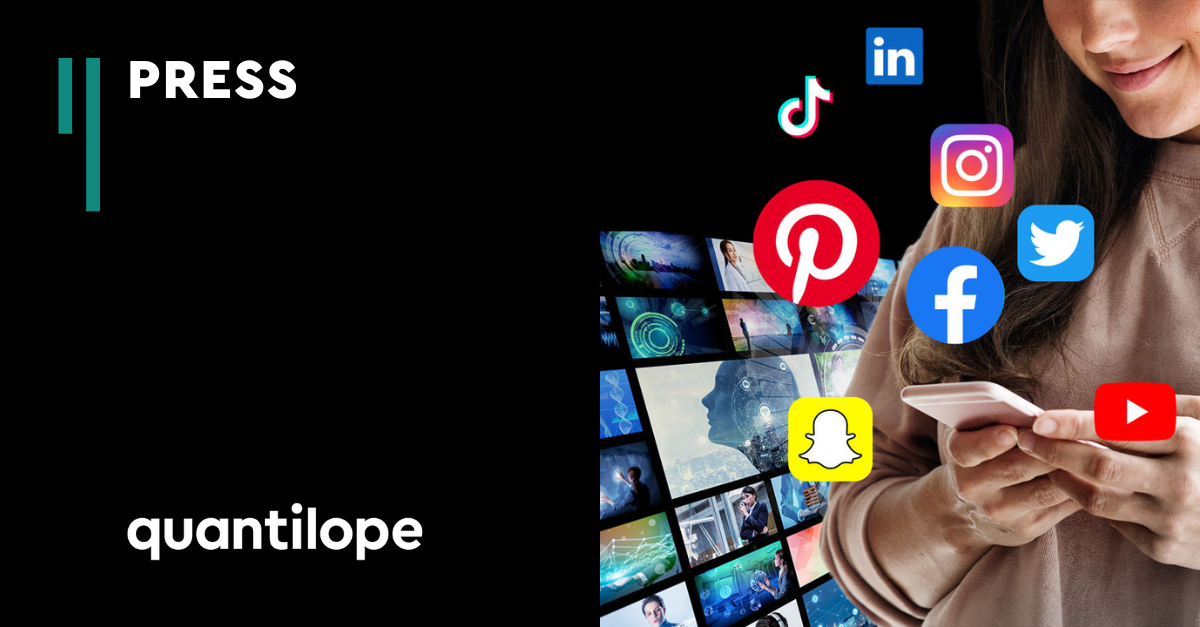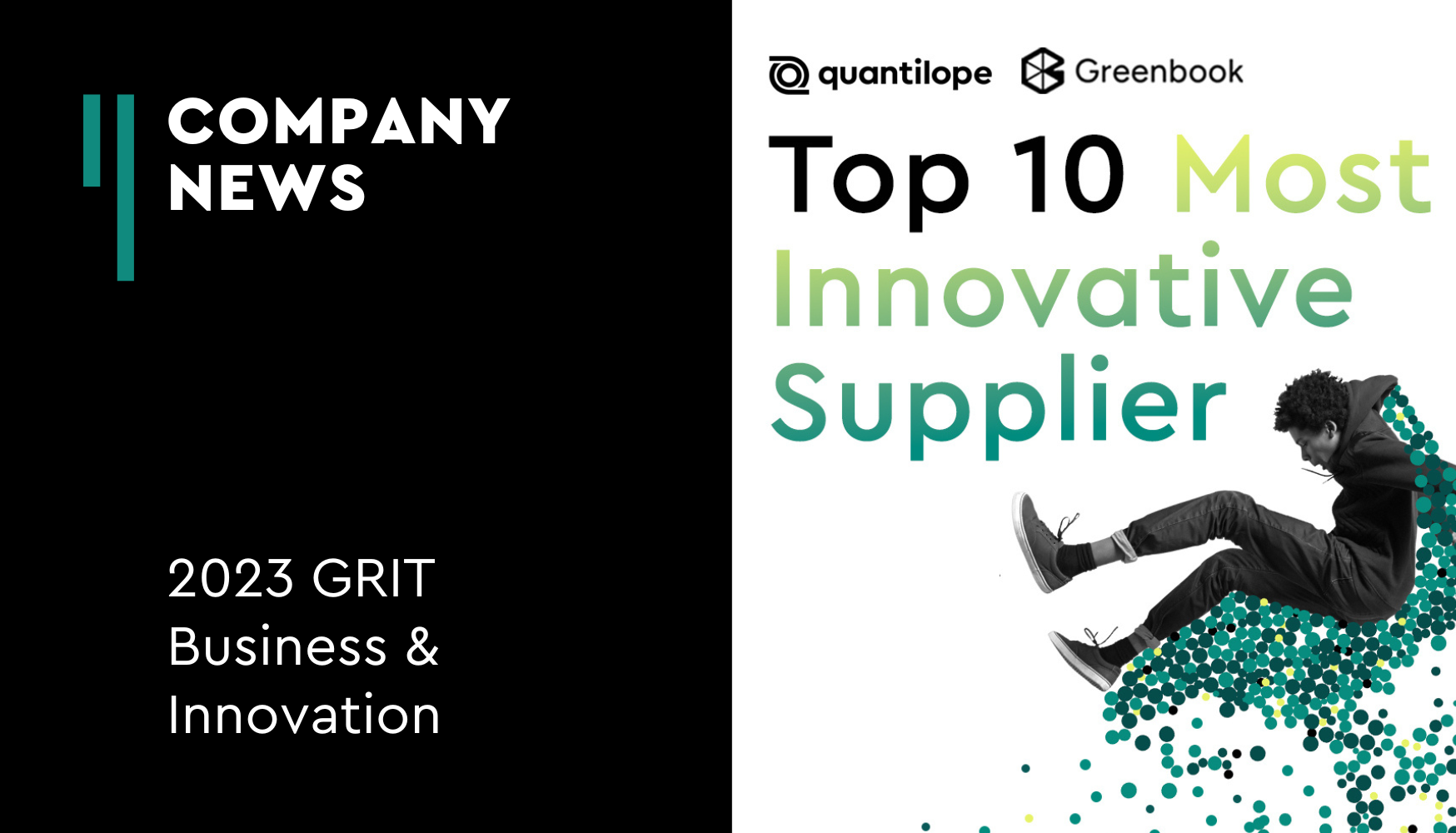Sept 22nd, 2022: As the pressure mounts on household expenditure across different markets, new research reveals that around a quarter of US and European consumers have each cut media streaming subscriptions from their budgets to save money.
- quantilope research finds that 29% of Americans (and British consumers) are considering cutting TV/Video streaming compared to 16% in Germany
- Almost a third of US respondents (31%) admit to having free access to a streaming media service through friends or family
According to quantilope, the automated consumer research platform, Americans are more likely than consumers in the UK or Germany to have previously cut most types of media services, with 28% having already canceled TV/Video streaming subscriptions compared to 23% in the UK and 18% in Germany.
Cutting back on streaming services are ways for cash strapped consumers to save some dollars. Those with multiple subscriptions can reduce to just one paid platform, while others can opt to view free content on platforms such as Peacock’s free plan or Amazon FreeVee, or choose to switch to ad-subsidized content that some of the larger providers like HBO Max and Hulu offer.
Netflix, the established leader in the market and producer of hit series such as The Crown and Stranger Things, added over 36 million subscribers during the first year of lockdown as people looked for entertainment at home but has started to lose subscribers more recently. While competition between the biggest streamers heats up, quantilope’s research finds that Netflix is still the most popular platform in the US - with 63% of US respondents viewing content on Netflix, followed by Prime Video (53%), Hulu (44%), and Disney+ (38%).
‘Subscription squatters’ set to lose out:
quantilope’s research also reveals that nearly one third (31%) of US respondents claim to have free access to at least one streaming media platform through a friend or family member (compared to 51% in the UK and just 17% in Germany). However, with both Netflix and Disney+ having recently announced that they will be clamping down on platform sharing, these subscription squatters could be in for a shock.
“Streaming video providers are battling to grow and maintain subscribers (and associated revenues) and understand all too clearly that they are a discretionary spend for cash strapped households,” said Alex Hall, Associate Director of Research Consulting at quantilope. “With Netflix and Disney+ both introducing lower priced ad-supported tiers to help consumers save their dollars and the cost of ad free plans likely to increase, understanding who is most willing to pay is critical for platform services to survive.”
Older users least likely to pay for ad free pricing:
quantilope’s research suggests that although overall most consumers are indifferent about ads, some are more likely to pay to skip ads than others, including younger generations. Over half (55%) of US respondents are willing to pay to skip ads, compared to 40% in the UK and 45% in Germany.
Over two-thirds of Gen Z and Millennials in the US (66% and 76%, respectively) are willing to pay to skip ads, compared to 32% of Baby Boomers, who may be accustomed to ads while viewing TV content. More than half of this generation (the Boomers) are the most unwilling to pay to skip over ads (52%) compared to just 14% of Millennials and 17% of Gen Z who say they are unwilling to do so. US consumers of all age groups are most willing to spend between $10-$25 per month to skip ads on streaming platforms.
“The streaming wars are in full flow,” mentioned Jenna Stearns, author of the study at quantilope, “and the battle between the top providers looks set to become fast paced this year as payment plans shift. Targeted messaging for users according to their willingness to pay will become increasingly important for streaming providers. Older consumers, who are clear that they do not want to ‘pay to play’, could be an interesting target segment for smart streaming providers. They could target this group by emphasizing a whole new viewing experience that comes with the perks of a paid subscription, or by bundling a streaming service with another form of media preferred by this generation; perhaps partnering with audio platforms or print media subscriptions.”
Other US research highlights:
- Boomers less likely to cut streaming services – Older respondents in the US - the ‘Boomers’, are least likely to consider axing their TV/Video streaming provider with just 15% saying they are considering it compared to 40% of Gen Z.
- Social media activity - Activity in the US is significantly higher on nearly all platforms than activity in either the UK or Germany (or both). Total US Facebook activity stands out at 66% - the highest active user base of any platform across all three countries.
- Top social platforms – Facebook is the most popular platform in the US, with 66% of respondents active on it, followed by YouTube (59%) and Instagram (46%). However, only 34% of Generation Z are active on Facebook, suggesting that its appeal is on the decline.
- Future social media use – The majority (61%) of consumers in the US predict their future social media usage will stay about the same as it is now with 23% (particularly Gen Z and Millennials) planning to increase their social media activity.
- News access – Across all generations in the US, 51% access news via news websites, 49% via cable, 48% via social media, and 39% via news apps such as Apple News or Google News. Younger generations (Gen Z and Millennials) tend to access news through social media while older generations prefer physical newspapers, cable, or radio.
- TikTok & Snapchat are a mindless escape for US Consumers – When it comes to understanding how people feel about social media, quantilope used its automated Multiple Implicit Associations Test (MAT); a research methodology based on neuroscience that can capture consumers subconscious associations towards multiple brands or products, to review the deep-rooted sentiment for 8 social platforms. TikTok and Snapchat are similarly associated as 'mindless' and 'for younger crowds', however, these two platforms' personas differ: TikTok is 'trendy', 'quirky', and 'humorous' while Snapchat's persona is more closely aligned with Facebook and Twitter as 'malicious', 'dangerous', 'annoying', and 'lame'. Facebook and Twitter are also similarly associated as 'problematic', 'polarizing', 'upsetting', 'invasive', and 'draining'.
About the study:
quantilope surveyed 1.000 consumers in the US (and an additional 1.000 in both the UK and Germany) during August 2022. The sample was nationally representative in terms of age range. The study included two automated advanced research methods: a MaxDiff and an Implicit Multiple Association Test.
Gen Z is the newest generation, born between 1997 and 2012 (aged between 10 and 25 years old); while Millennials (born between 1981 and 1996) are aged between 26 and 42 years). Generation X (born between 1965 and 1980) are aged between 42 and 57 years. Boomers are aged 58 to 75 years and were born between 1946 and 1964.
Download press release
Request the insights dashboard for media via
teresa@eurekacomms.co.uk
General link to the Media Study




